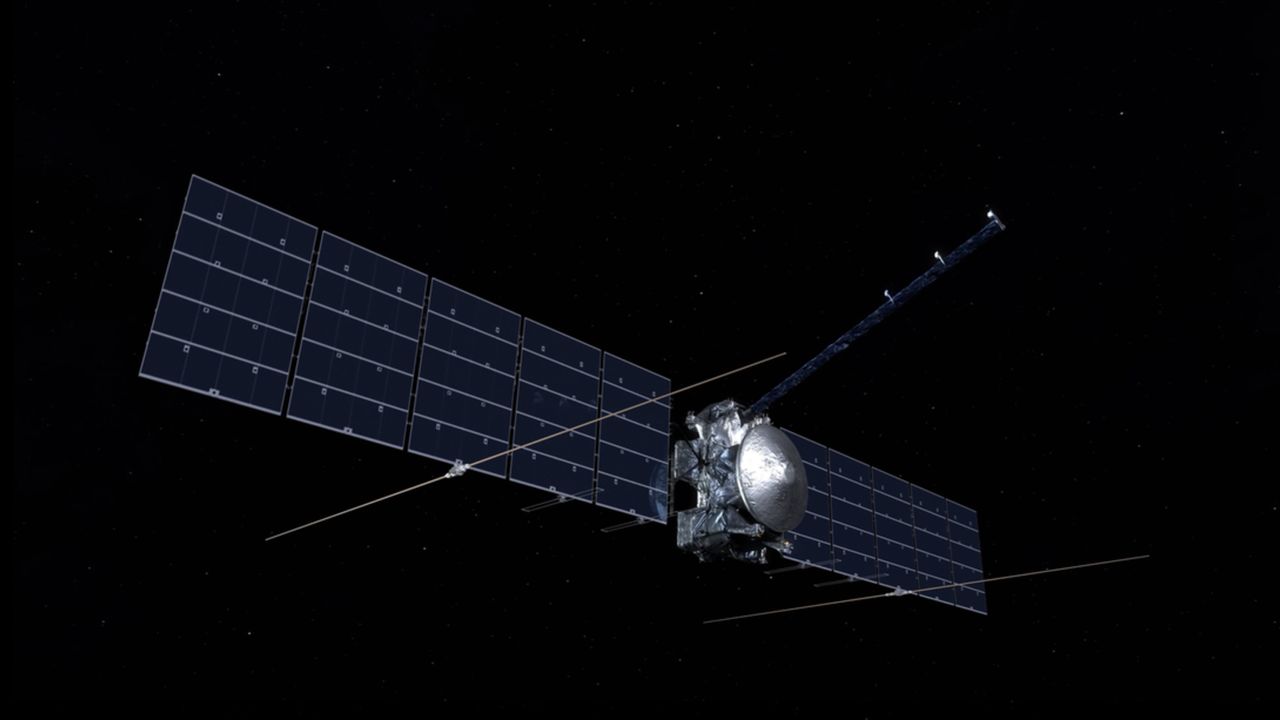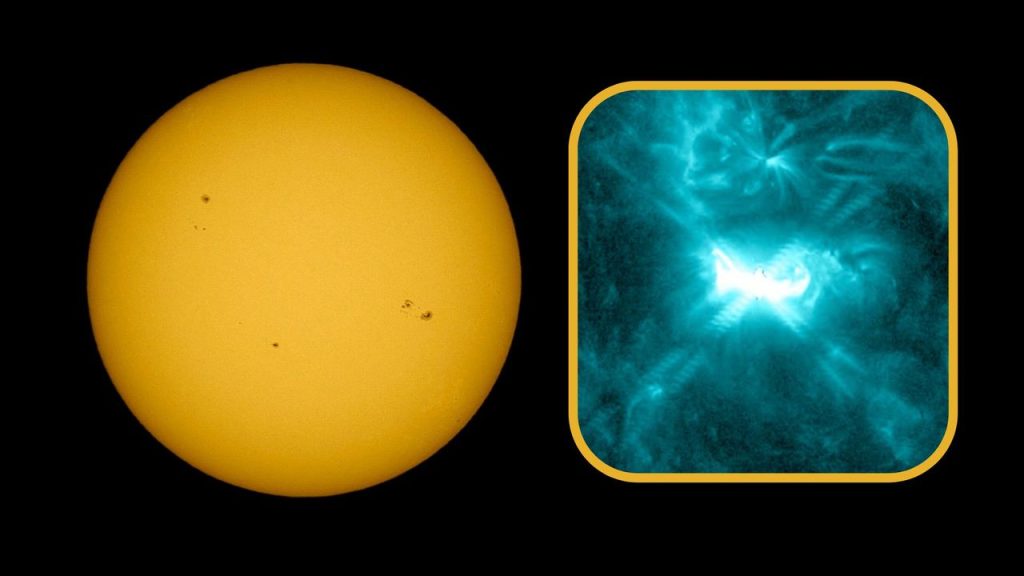Now Reading: NASA’s Europa Clipper Radar Achieves Milestone in Mars Flyby Test
-
01
NASA’s Europa Clipper Radar Achieves Milestone in Mars Flyby Test
NASA’s Europa Clipper Radar Achieves Milestone in Mars Flyby Test

### Rapid Summary
– NASA’s Europa Clipper spacecraft successfully tested its ice-penetrating radar system, REASON, during a close flyby of Mars on March 1, 2023.
– The test confirmed the radar system’s ability to transmit signals and gather data from Mars’ volcanic plains, producing approximately 60 gigabytes of information.
– Launched in October 2024, Europa clipper is undertaking a 1.8-billion-mile (2.9-billion-kilometer) journey to study Jupiter’s icy moon Europa for evidence of subsurface oceans that could sustain life.
– The flyby leveraged Mars’ gravity to adjust the spacecraft’s trajectory and allowed engineers to test scientific instruments in space conditions unavailable on Earth due to indoor prototype constraints.
– The spacecraft will use another gravity assist near Earth in December 2026 before arriving at Jupiter’s system by 2030.
– During its primary mission at Europa, the spacecraft will execute a series of 40 flybys to study the moon’s frozen crust and underlying structures using REASON’s two sets of antennas attached to solar arrays measuring nearly as large as a basketball court.
*Image Caption:* NASA radar data illustrates Martian features such as craters and slopes from signals gathered during the flyby.
### Indian Opinion Analysis
The prosperous testing of NASA’s radar for Europa Assessment and Sounding (REASON) instrument underscores meaningful advancements in planetary exploration technology by demonstrating operational readiness under deep-space conditions over Mars’ terrain-a step closer toward studying extraterrestrial oceanic ecosystems potentially analogous to Earth’s.
For India-a nation aiming for deeper engagement with celestial sciences-this milestone presents opportunities both practical and inspirational: It serves as an example for ensuring robust pre-launch planning while underscoring collaboration potential with international missions like Gaganyaan or ISRO lunar endeavors.A crucial stepping-stone observational yet deserving Credence forum milestones bridging.
Read More























